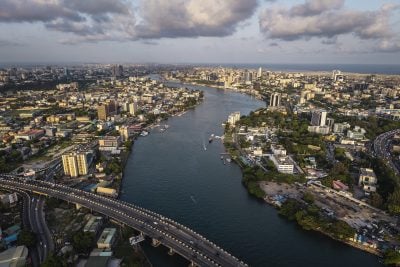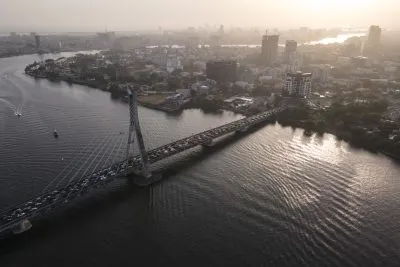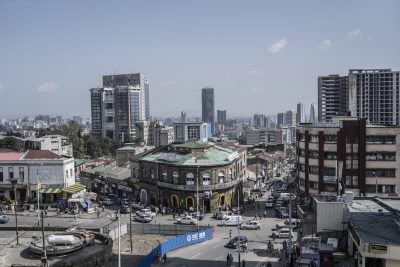“Six months ago…we noted certain realignments of global priorities and turbulent external conditions marked by weaker demands, softer commodity prices and tighter financial markets. Today those global headwinds continue to test the region’s resilience.”
Those were part of the opening remarks by Abebe Aemro Selassie, director of the Africa department at the International Monetary Fund (IMF) at the IMF/World Bank annual meetings in Washington DC.
While noting that last year’s growth exceeded expectations, he said the fund estimates that Sub-Saharan Africa growth will “hold steady at 4.1% with a modest pickup expected in 2026” reflecting ongoing “progress in macro-economic stabilisation and reform efforts across the major economies in the region.”
Growth despite challenges
While identifying Côte d’Ivoire, Ethiopia, Rwanda, and Uganda as among the fastest growing economies in the world, he noted that a few countries are still facing significant challenges with modest gains.
Selassie said while global growth is slowing with commodity prices diverging, a few African countries like Kenya and Angola have been able to access international capital markets thanks to improved external financing conditions.
Providing further context on the region’s economic health in the light of a deterioration in the global trade and policy landscape, he cited increased tariffs on exports to the USA and the end of preferential access following the expiration of the African Growth and Opportunities Act (AGOA) as two factors that could negatively impact the region’s growth.
Another factor that will pose challenges, he noted, is the projected sharp decline in foreign aid. Governments, he said, have tried to navigate these challenges by reallocating budgetary resources with varying degrees of success.
Despite these challenging geopolitical and economic headwinds, Abebe Salassie said it has been “really good to see the region showing strong resilience” which would be tested in the coming months.
Keys to navigating headwinds
He identified points to focus on as rising debt service costs, a shift towards domestic financing, easing inflation – which remains at double digits in several countries – and external buffers that need to be rebuilt.
To navigate these challenges Selassie said countries in the region should focus on two broad policy priorities: domestic revenue mobilisation and a modernisation of the tax system through digitalisation and streamlining of inefficient tax expenditures. He also cited strengthening enforcement via targeted compliance strategies as an important consideration.
For these technical adjustment strategies to work, he cautioned that countries must build public trust in tax institutions and strengthen institutional capacity among others to ensure reforms are both effective and equitable.
Secondly, he said debt management is important. This will take the form of enhancing debt transparency and strengthening public financing management which can “help reduce borrowing costs and unlock innovative financing.
Reflecting on the IMF’s support to the sub-Saharan Africa regions, Abebe Selassie noted that the fund has disbursed nearly $69bn to the region since 2020 including $4bn this year. He also told his audience that countries in the region represent the largest recipients of IMF’s technical assistance.
Want to continue reading? Subscribe today.
You've read all your free articles for this month! Subscribe now to enjoy full access to our content.
Digital Monthly
£8.00 / month
Receive full unlimited access to our articles, opinions, podcasts and more.
Digital Yearly
£70.00 / year
Our best value offer - save £26 and gain access to all of our digital content for an entire year!

 Sign in with Google
Sign in with Google 



